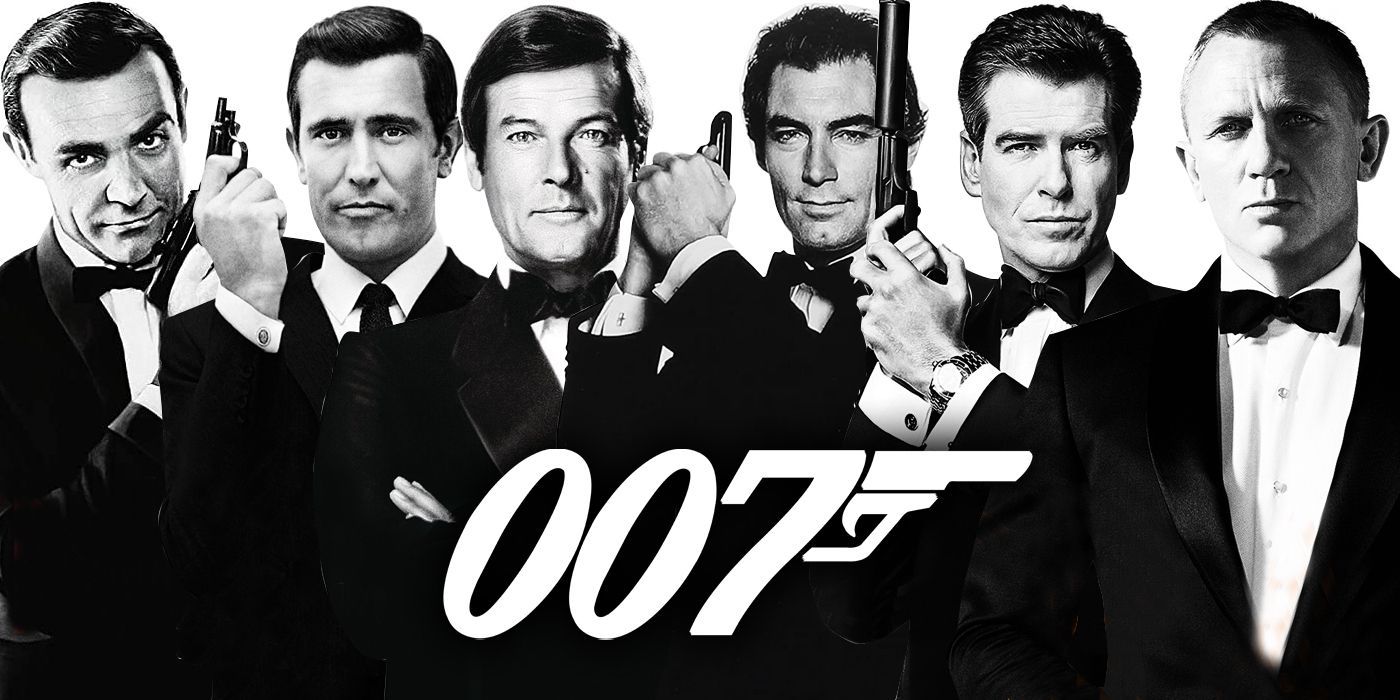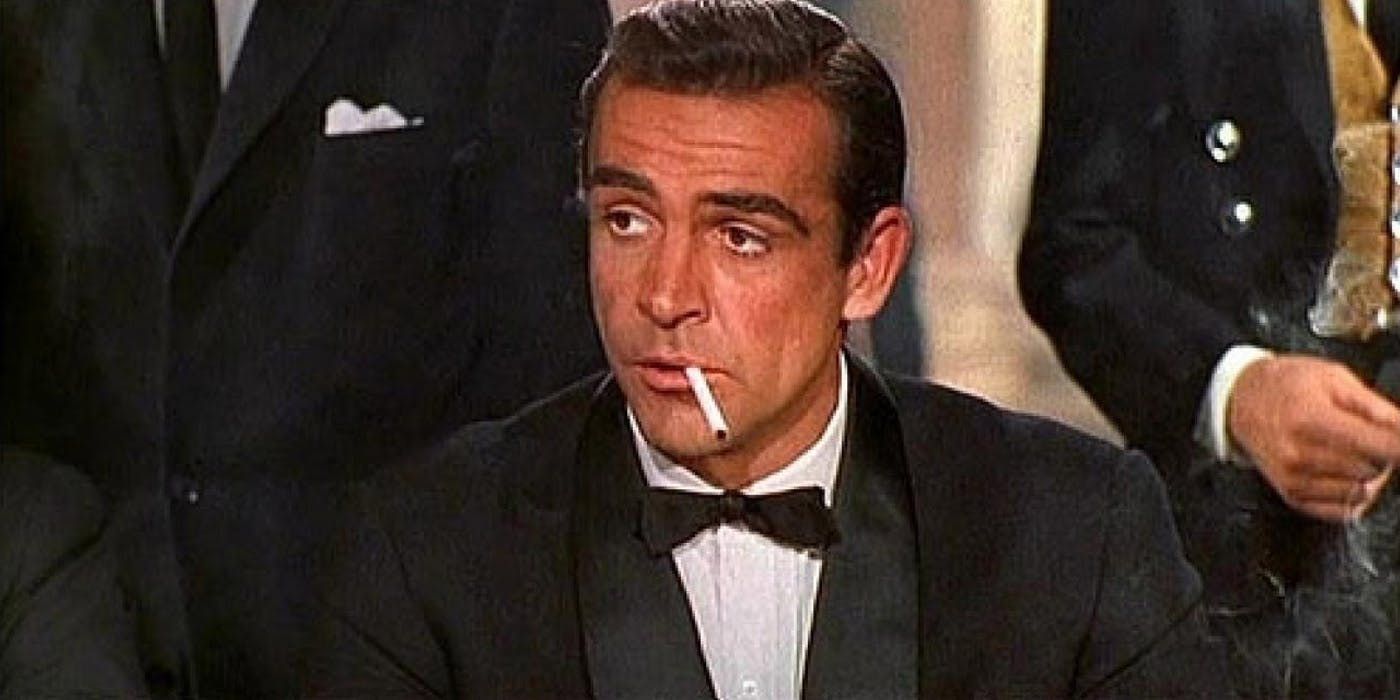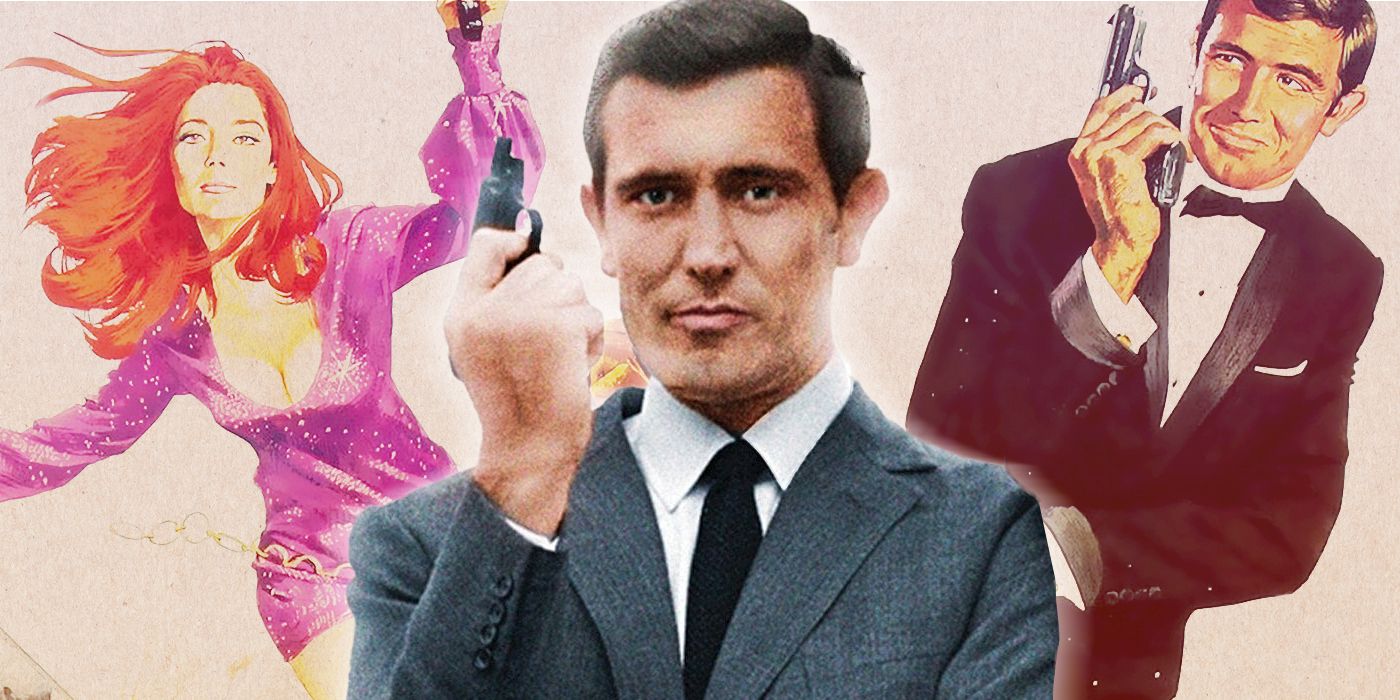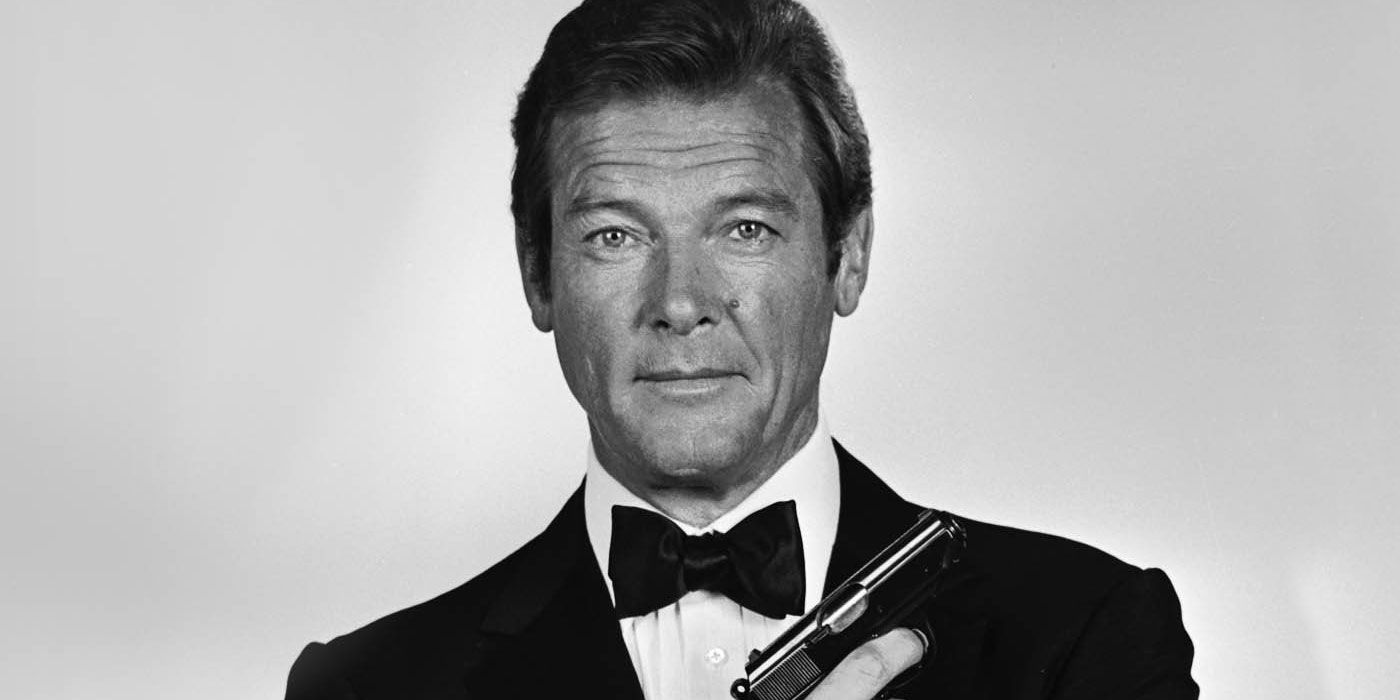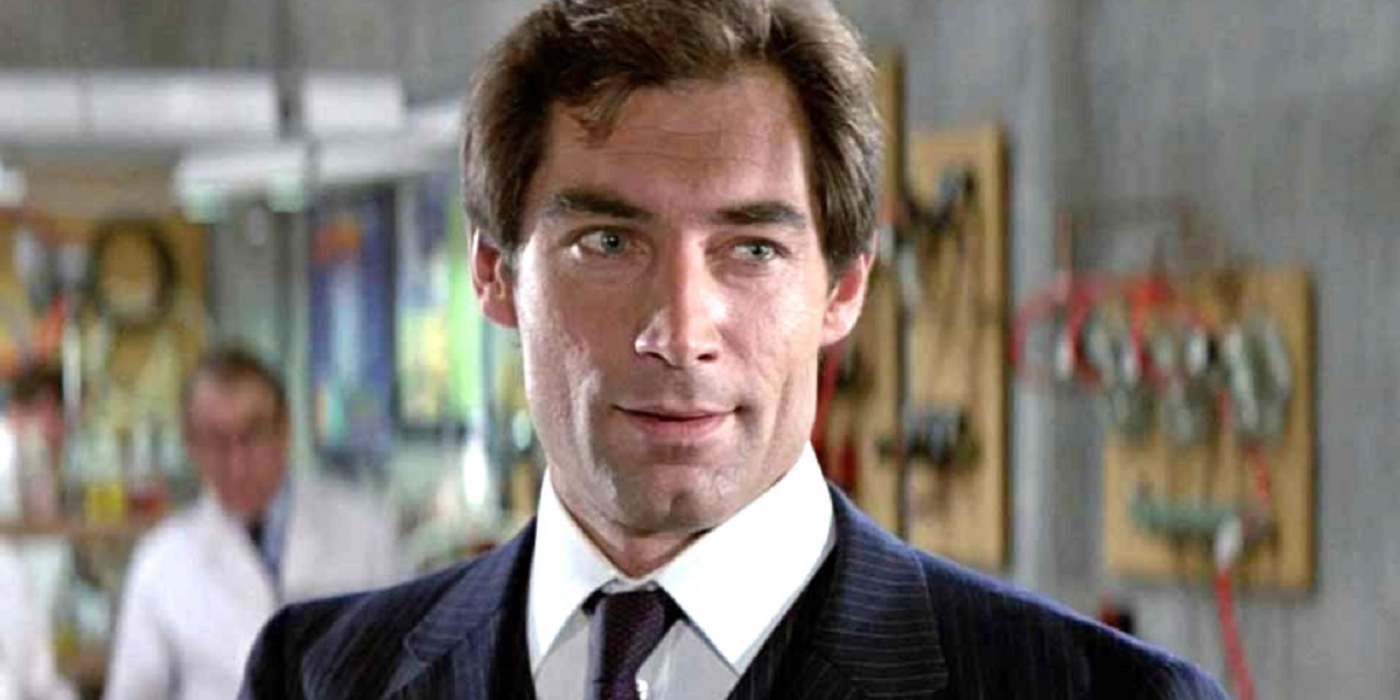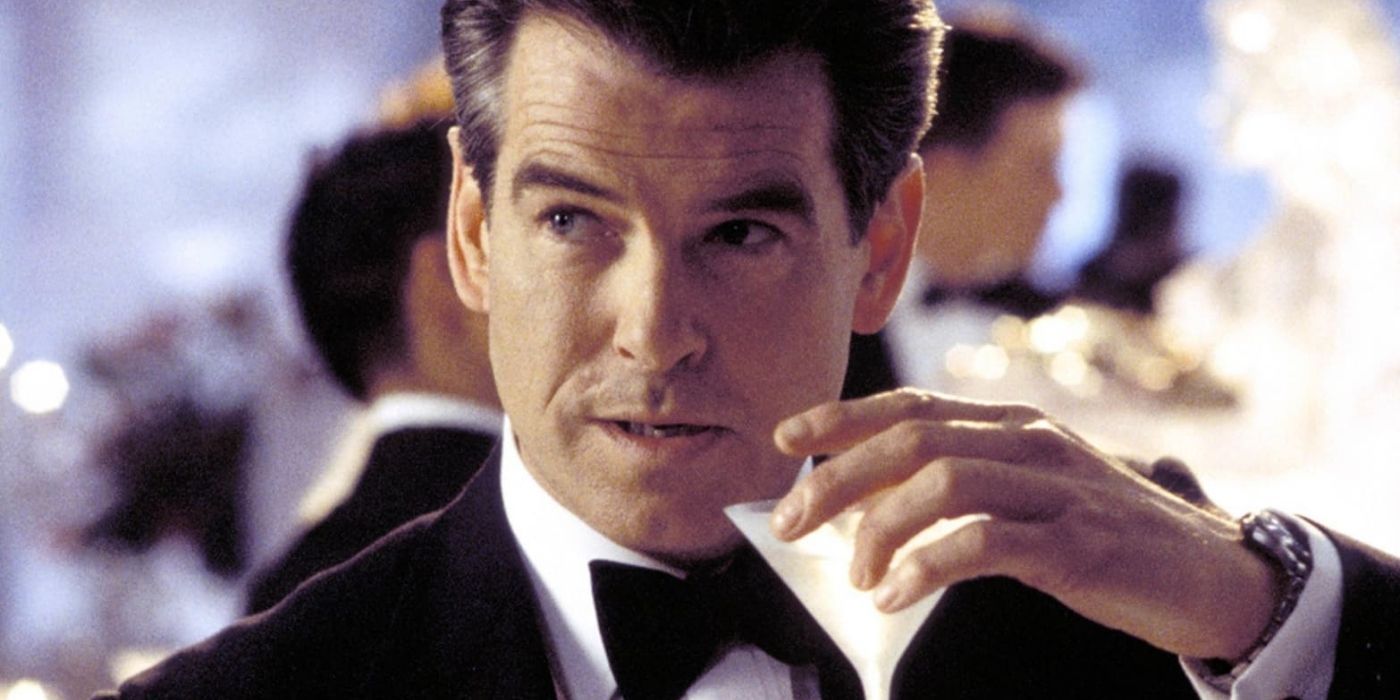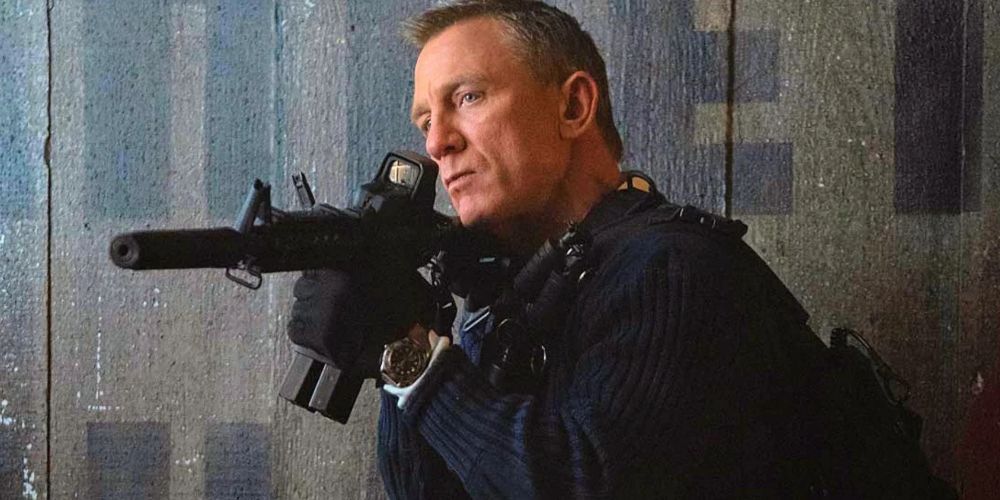Created in 1953 by English writer Ian Fleming, James Bond is one of the most iconic fictional characters in the world. Known for his spy skills, unique gadgets, and suave, ladies' man demeanor, 007 is a worldwide phenomenon that remains a major draw whenever a new movie, video game, or other project is announced. While the original Fleming books were popular and sold well, the character truly came into his own in 1962 when he was portrayed on the big screen by Sean Connery in Dr. No. The movie was such a success that Connery went on to play James Bond seven times until he finally retired from the franchise for good in 1983.
After Connery's departure, a string of five more actors went on to play the role in films. The latest, No Time to Die, was released in 2021. The film marked the end of Daniel Craig's tenure as 007, so the internet is predictably abuzz with speculation over who might be the next leading man. Many actors are already in conversations, and anyone who gets brought up feels honored at the thought of portraying such a beloved character. However, the fact of the matter is, behind the fast cars, beautiful female co-stars, and endless supply of shaken-not-stirred martinis, there is a litany of stress and troubles. Every actor who's played Bond has, at one time or another, voiced their frustration with the experience, citing the ways it wore them down physically and emotionally.
6 Sean Connery: The Role Defined Him
The first and most iconic James Bond, Sean Connery, brought swagger and style to the role that every actor has since tried to capture with various levels of success. But everything wasn't perfect for Connery, who began to feel that he couldn't be anything but James Bond. "I had become completely identified with it, and it became very wearing and very boring."
Getting more unique roles, especially in the years closest to his portrayal of the famous spy, felt like an uphill battle, despite what a massive star he was. While it was a source of stress for Connery, he was undoubtedly able to shake the typecasting curse in the years that followed, acting in incredible films like The Untouchables, Indiana Jones and the Last Crusade, The Man Who Would Be King, The Rock, and The Hunt for Red October.
5 George Lazenby: His Decisions Surrounding 007 Ruined His Career
George Lazenby is the outlier of the Bond universe by almost any standard. He was a first-time actor when he got the role and only stayed on for one movie: 1968's highly embattled On Her Majesty's Secret Service. Following Sean Connery was always going to be an impossible task, and the pressure seemed to get to Lazenby.
He refused to sign a contract for more Bond movies after his debut on the advice of his manager and found himself blacklisted from the movie industry after this decision. He felt that by turning down the role of Bond for future installments, he doomed his career and lost countless opportunities.
4 Roger Moore: The On-Screen Relationships Felt "Creepy"
Roger Moore is tied for the longest-running James Bond actor with seven movies under his belt. Near the end of his career, he began to feel his age was a detriment to the character overall. He stated, "Physically, I was okay, but facially I started looking... well, the leading ladies were young enough to be my granddaughter and it becomes disgusting." For a movie franchise that has been criticized for its chauvinistic tendencies, especially in earlier movies, this quote from Roger Moore showed a great understanding of the importance of having meaningful relationships with women that were more than just objectification. Older Bond movies routinely had women throwing themselves at 007, acting in one-dimensional, unrealistic ways to move the plot forward. While many Bond movies continued to struggle with this issue in the decades to come, the "Bond Girls" in more recent films, from Lea Seydoux's Madeleine Swann to Eva Green's Vesper Lynd, are more realistic, strong depictions that accurately portray gender equality.
3 Timothy Dalton: The Contract Was Too Long
The producer of the Bond films, Albert Brocolli, was understandably trying to add some stability to the franchise after losing Roger Moore. So, when he met with Timothy Dalton, the next actor to portray 007, he said, "Look, Tim. You can't do one. There's no way after a five-year gap between movies that you can come back and just do one. You'd have to plan on four or five." Dalton knew Albert Brocolli was right, but also that it was too much pressure for him to handle. He said in response, "Oh, no, that would be the rest of my life. Too much. Too long," and declined to stay on as Bond beyond his two films The Living Daylights and License to Kill.
2 Pierce Brosnan: The Role Wasn't "Real"
Pierce Brosnan played James Bond in four films from 1995-2005 and was relatively well-received in the role. Under the surface though, he felt that the character lacked depth and realism. “The violence was never real, the brute force of the man was never palpable. It was quite tame, and the characterization didn't have a follow-through of reality, it was surface. But then that might have had to do with my own insecurities in playing him as well.”
Brosnan may not have been the best Bond actor, but he was certainly onto something with this comment. After Die Another Day – one of the worst movies in the history of James Bond – the studio decided to hard reset the character into a more down-to-Earth, gritty character played by Daniel Craig in Casino Royale. This change was the right one to make because it struck at the heart of Brosnan's comments; by solving the disconnect that the Bond franchise was having from reality. The grounded depictions of 007 following Brosnan's time in the tux are widely regarded as the saving grace of the series after the stagnation of the '90s and early 2000s.
1 Daniel Craig: Physically and Emotionally Demanding
The role of James Bond is certainly not an easy one to perform. There is the need to constantly perform dangerous fights and stunts between more nuanced acting moments. Daniel Craig felt these pains first-hand, and they wore on him from movie to movie. While Casino Royale, Quantum of Solace, Skyfall, and Spectre were all strong movies with compelling villains and a more modern, realistic tone, Craig was incredibly upset when he finished making them. In a famous interview in 2015, he bluntly stated, "I'd rather slash my wrists" (than play James Bond again), pessimistically adding, "If I did another Bond movie, it would only be for the money."
He's since apologized for his tone in these interviews, citing that he'd just broken his leg at the time and was dealing with that pain when Spectre was wrapping production. Luckily for the fans, four years after the disappointment of the Spectre movie, Daniel Craig decided to reprise his role as 007 in 2021's No Time to Die and give his depiction of Bond a proper send-off – one that respected his journey from the previous films.

